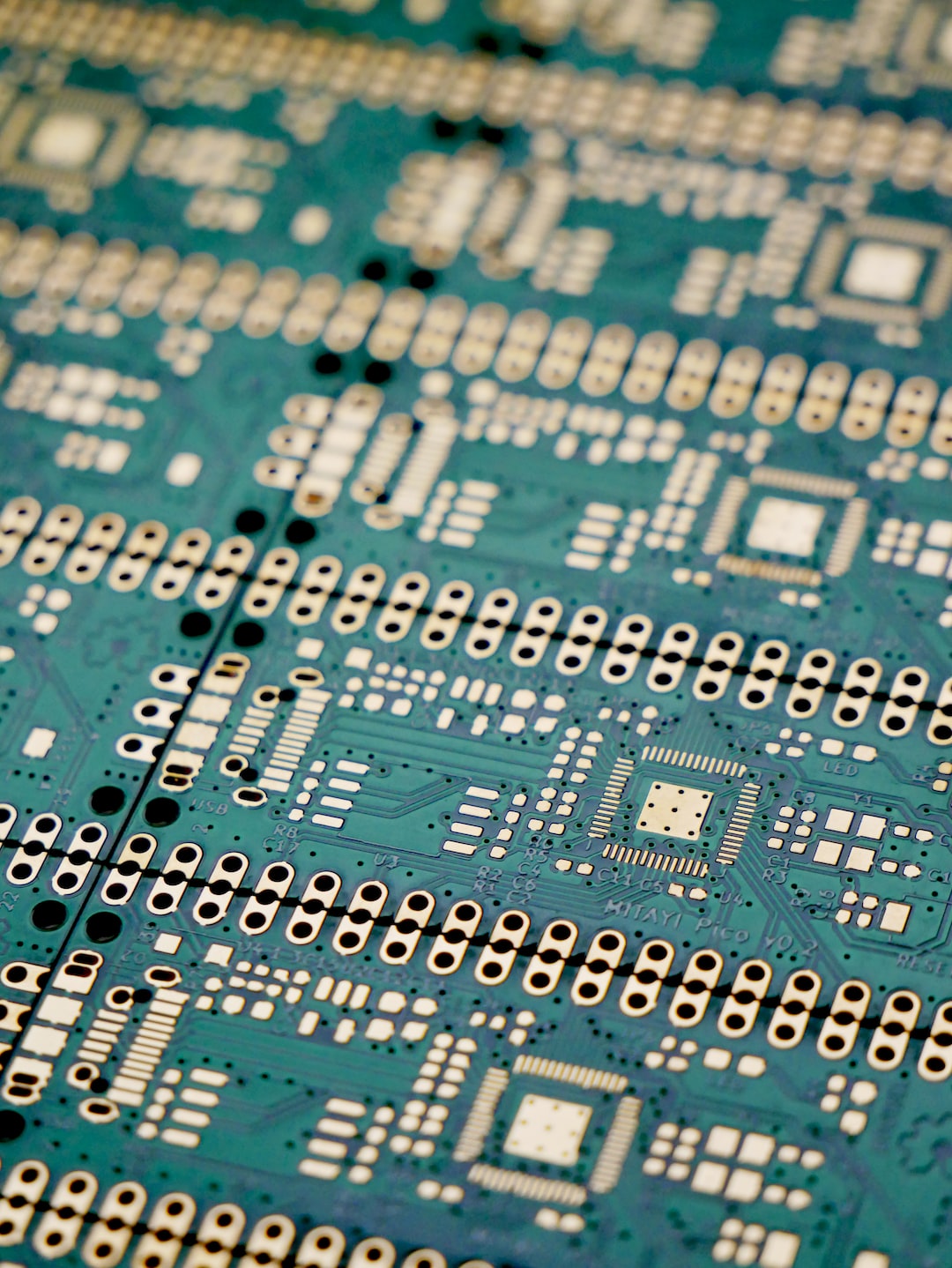The future of manufacturing: A look into advanced materials and techniques
In recent years, the manufacturing industry has experienced a major transformation. With advancements in technology, the way we produce goods has been revolutionized, giving rise to new opportunities and challenges. In particular, the development of advanced materials and innovative techniques has had a significant impact on the industry, paving the way for a future that promises greater efficiency, sustainability, and customization.
One of the most exciting trends in manufacturing is the utilization of advanced materials. These materials are often engineered at the nanoscale, allowing for enhanced properties such as increased strength, durability, and flexibility. For instance, carbon nanotubes, a form of carbon with a cylindrical shape, can be used to reinforce materials, making them several times more resistant to stress and impact. This makes them ideal for applications in aerospace, automotive, and construction industries, where high-performance materials are essential.
Another breakthrough material in manufacturing is graphene. Made up of a single layer of carbon atoms, it is incredibly thin, lightweight, and possesses remarkable electrical conductivity. This makes it incredibly versatile, with potential applications ranging from electronics to energy storage. With its exceptional properties, graphene has the potential to revolutionize various industries, providing us with more efficient and sustainable solutions.
Alongside advanced materials, innovative manufacturing techniques have also played a vital role in propelling the industry forward. Additive manufacturing, commonly known as 3D printing, has emerged as a game-changer, offering endless possibilities for customization and rapid prototyping. Instead of traditional subtractive methods, which involve cutting and shaping materials, 3D printing builds objects layer by layer using computer-aided design (CAD) technology. This technique has opened up avenues for manufacturing complex geometries that were previously impossible, reducing waste and increasing efficiency in the process.
Moreover, 3D printing has the potential to revolutionize supply chains. With the ability to directly print products on site, there is less reliance on shipping and warehousing, leading to a reduction in costs and carbon emissions. This localized production method also allows for greater customization, as products can be tailored to individual needs and preferences. In the future, we may witness a shift from mass production to mass customization, where manufacturers can produce personalized goods on a large scale, satisfying consumer demands like never before.
In addition to advanced materials and 3D printing, robotics and automation have become integral to modern manufacturing. As robots become more sophisticated and affordable, they are increasingly employed in tasks that were once exclusively done by humans. This not only improves productivity but also enhances workplace safety by minimizing the risk of accidents. By taking over repetitive and dangerous tasks, workers can focus on more complex and meaningful activities, fostering innovation and creativity.
Moreover, the rise of the Internet of Things (IoT) has enabled the integration of sensors and connectivity into manufacturing processes. This connectivity allows manufacturers to collect real-time data, enabling them to monitor and optimize production lines. By harnessing the power of data, manufacturers can identify inefficiencies, predict maintenance needs, and make data-driven decisions, ultimately leading to increased productivity and reduced downtime.
Furthermore, sustainability is becoming a key consideration in the future of manufacturing. With mounting concerns about climate change and resource scarcity, industries are under pressure to reduce their environmental impact. Advanced materials and techniques provide opportunities for more sustainable manufacturing processes. For example, lightweight materials can reduce energy consumption in transportation, while additive manufacturing minimizes waste by only using the necessary amount of material. Additionally, new materials, such as bio-based polymers, are being developed to replace traditional plastics, reducing reliance on non-renewable resources.
In conclusion, the future of manufacturing looks incredibly promising, with advanced materials and techniques leading the way towards greater efficiency, sustainability, and customization. The development of materials like carbon nanotubes and graphene offer enhanced properties, while 3D printing allows for unprecedented customization and reduced waste. Robotics, automation, and the IoT are transforming the industry, improving productivity and safety. Finally, sustainability is becoming a priority, with manufacturers focusing on reducing their environmental impact. As we embrace these advancements, we can look forward to an exciting future where manufacturing is more innovative, responsible, and adaptable than ever before.

